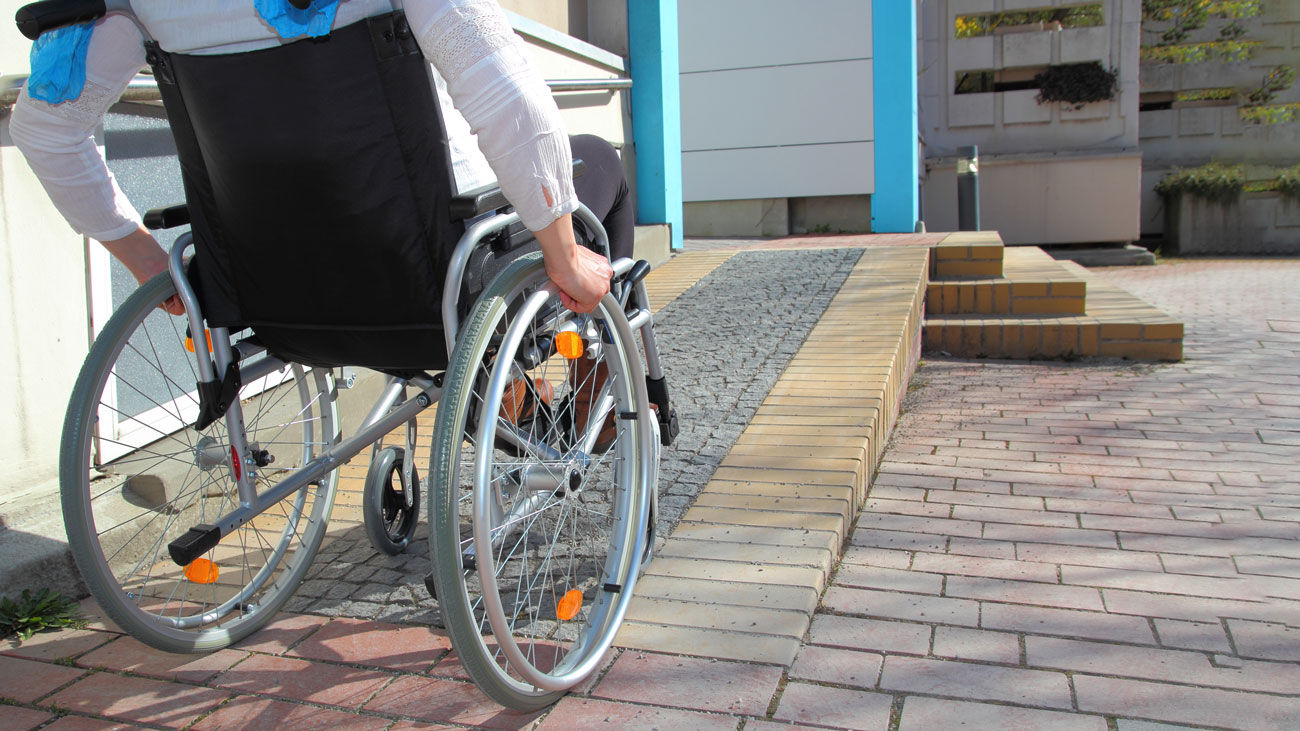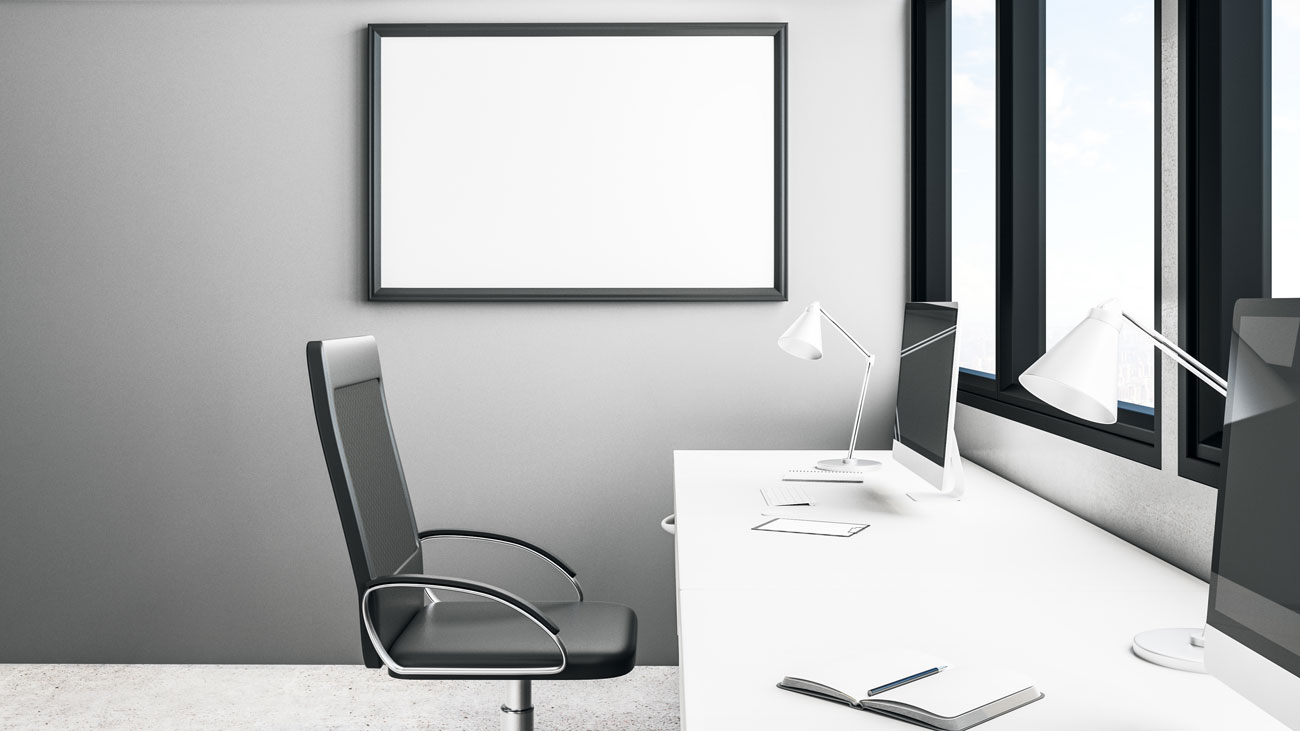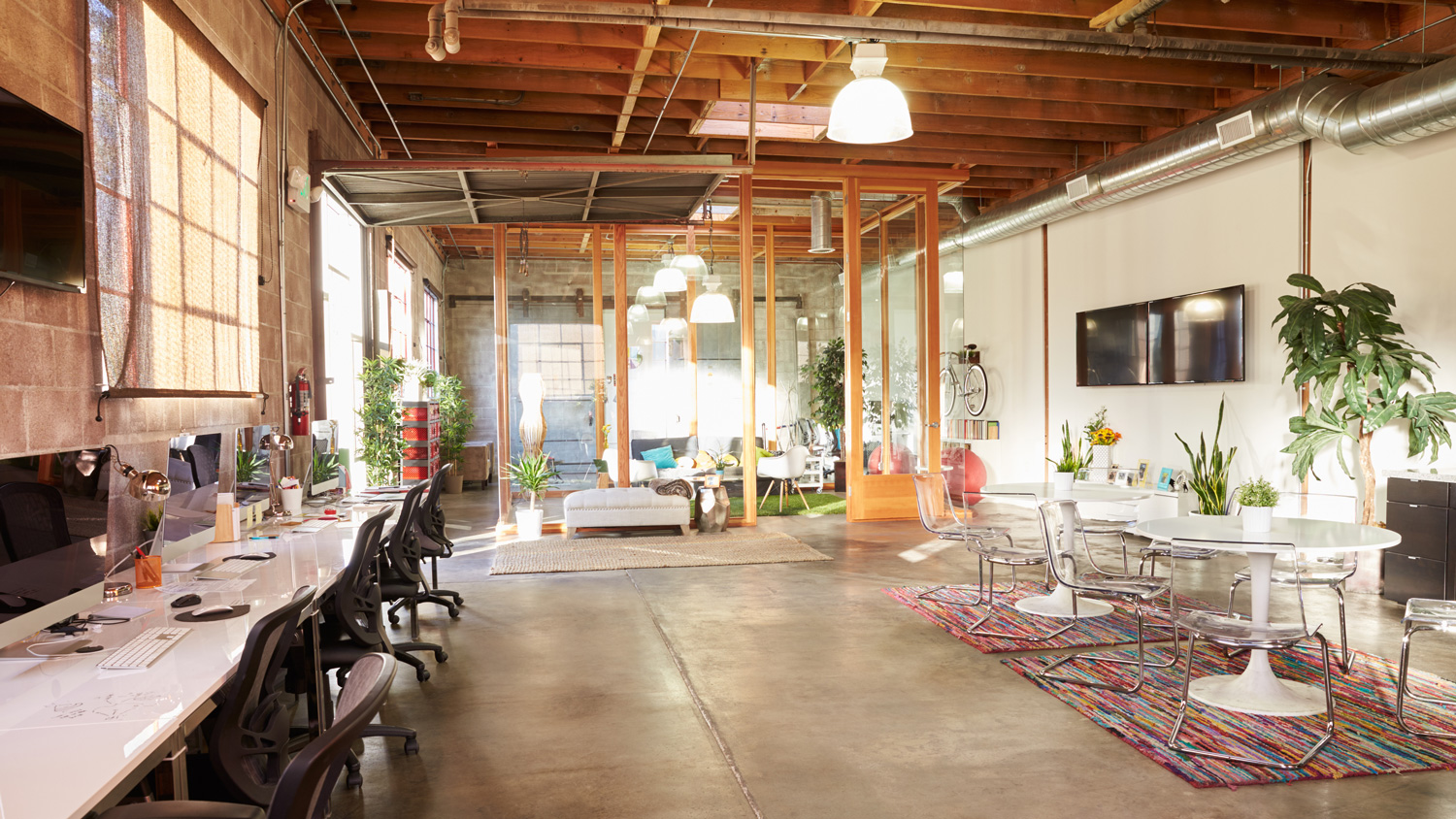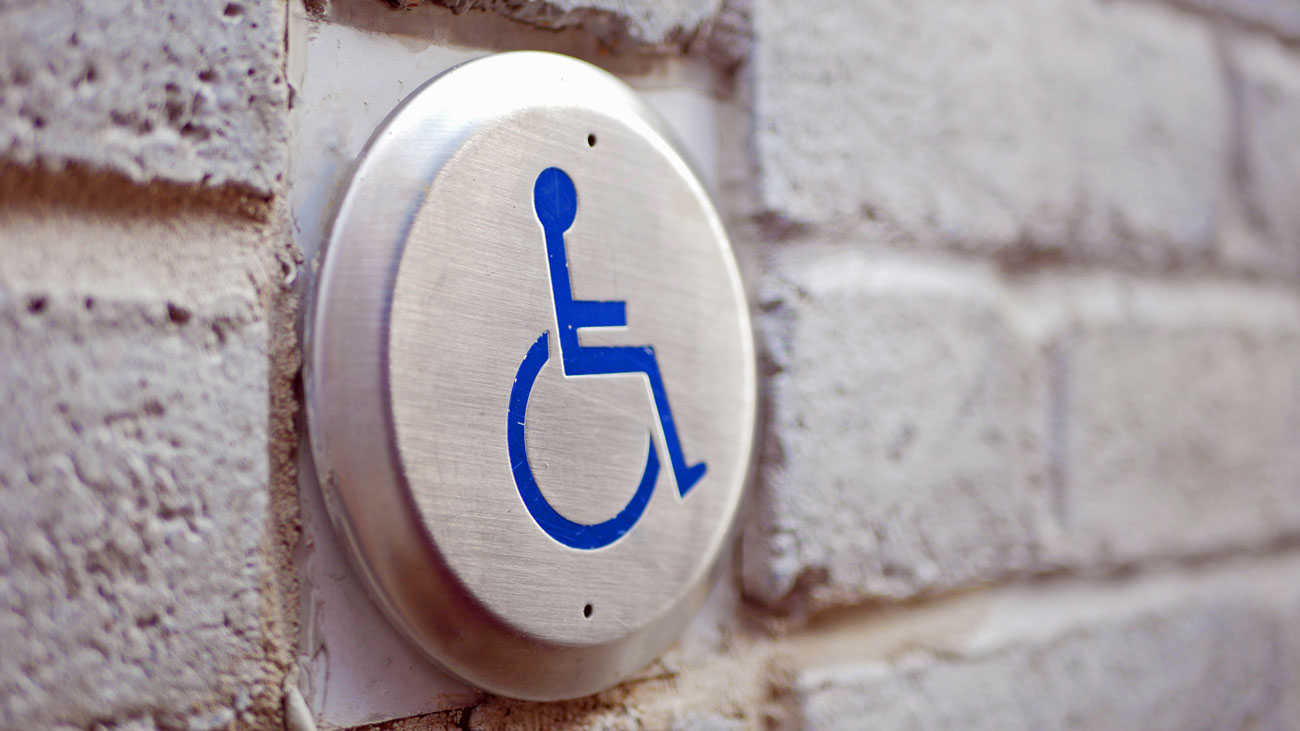
Is your post-COVID-19 building or service accessible?
The COVID-19 outbreak has caused many companies to adapt their buildings and working areas in order to ensure staff and customers are socially distant, but for many premises this has come at the expense of accessibility.
Centre for Accessible Environments (CAE) Head of Business Development, Fara Muneer, says:
“Many post-COVID plans are now being hurriedly introduced, but we need to consider how these will impact disabled people, particularly when it comes to space allowances and new obstacles in the way for people with visual impairments or mobility considerations.”
Restricting the movement of disabled people
As we all adapt to the new normal, it is important that the access and independence of disabled people in and around premises are not restricted. Barriers and signage are just some examples of the many things that create difficulties for disabled people.
Cones and barrier posts used to segregate queuing can inhibit access for disabled people, often to the queue itself, as well as the space to pass around it.
It is also important to consider whether the design of your signage is accessible. For example, signs in capital letters can be hard to read and can be inaccessible to someone with dyslexia or learning difficulties. It’s important to use visual contrast for all signage to make it easier to read for everyone, especially those with a visual impairment.
With many companies having to make structural changes to their premises, having your plans and designs assessed by an access advisor will ensure that accessibility is at the forefront of your design, and not a costly retrospective change.
Under the Equality Act, employers are expected to make 'reasonable adjustments' within the workplace with regard to access and facilities for disabled members of staff. The provisions set out in the Act apply to every employer, no matter the size or industry (except the armed forces).
If a physical feature within the workplace creates a disadvantage for a disabled employee, steps must be taken to amend or remove the obstruction. Physical adjustments can include changes such as:
- the addition of a ramp rather than steps to access buildings;
- providing disabled toilet facilities to accommodate those that need them;
- the widening of doorways to allow for wheelchair access; and
- repositioning door handles and/or light switches etc to ensure they can be reached.






